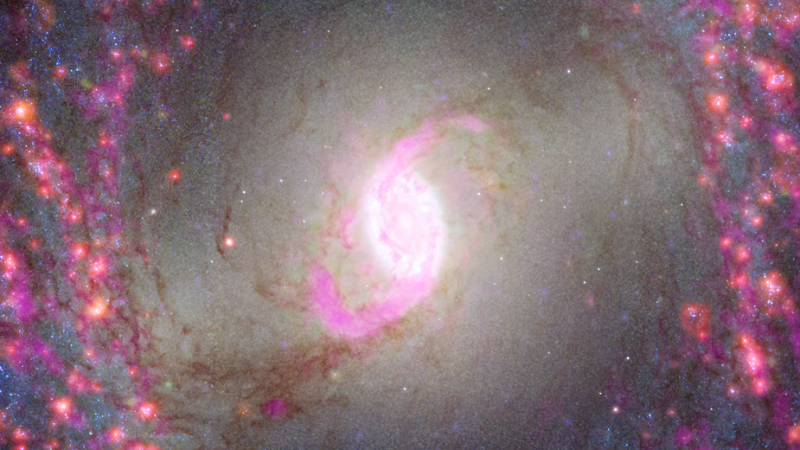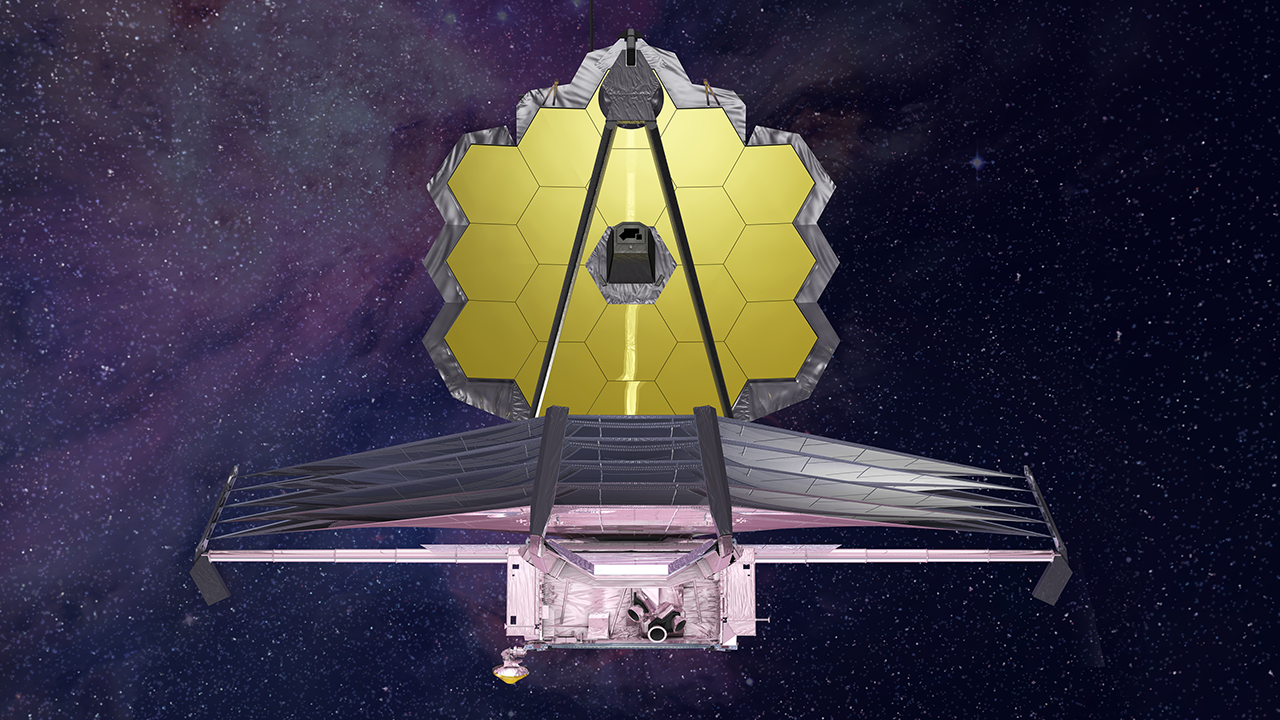James Webb Space Telescope will do a galaxy deep dive into the dust
The study will survey stars, star clusters and dust in 19 neighbors to the Milky Way.

One of the James Webb Space Telescope's first studies will seek to tell us more about 19 nearby galaxies and how they fit into our neighborhood's history.
The infrared images taken from deep space will allow Webb's data to add galactic information about star formation, strong winds blowing off these stars to disturb gas and dust, and mature stars potentially hiding in spiral galaxies.
Webb is currently in the middle of a commissioning period, with engineers focused on getting its 18 hexagonal mirrors into alignment and slowly testing and turning on the instruments. That work is going well so far, NASA has said, and the expectation is Webb will begin science observations in the summer.
"JWST touches on so many different phases of the stellar life cycle — all in tremendous resolution," Janice Lee, Gemini Observatory chief scientist at the National Science Foundation’s NOIRLab in Arizona, said of the new study in a statement. "Webb will reveal star formation at its very earliest stages, right when gas collapses to form stars and heats up the surrounding dust."
Live updates: NASA's James Webb Space Telescope mission
Related: How the James Webb Space Telescope works in pictures
The multi-wavelength galaxy survey program is known as PHANGS (Physics at High Angular Resolution in Nearby Galaxies). The program includes 100 specialists worldwide who are seeking to understand star evolution, from youngsters to maturity and beyond.
The galaxies under consideration are visible face-on from Earth and on average, about 50 million light-years away. Multiple observatories have already studied these galaxies, each bringing their own talents to the analysis.
Get the Space.com Newsletter
Breaking space news, the latest updates on rocket launches, skywatching events and more!
That includes the Atacama Large Millimeter/submillimeter Array (ALMA) in Chile, which has studied 90 galaxies in microwave light, letting astronomers map which molecules are found where.
The Very Large Telescope, also located in Chile, has also taken part in the project with its Multi Unit Spectroscopic Explorer (MUSE) instrument. MUSE captured the light fingerprint of 19 galaxies in the later stages of star formation, once the regions are clear of the gas and dust that impede many types of observations.
And the iconic Hubble Space Telescope has also taken part, studying 38 galaxies in visible and ultraviolet light and offering high-resolution images.

Webb's role will be to seek out those zones of the galaxies filled with dust, which are rich in forming stars but are difficult to view in other wavelengths behind infrared. Benefits of the study from Webb will include figuring out the ages of stellar populations (to build more robust statistical models of galaxy formation) and learning about the role of dust in forming galaxies, the study says.
As a whole, this information will allow researchers to learn about the timeline of star formation and how that formation takes place in the context of a galaxy.
"Timescales are critical in astronomy and physics," Lee said. "How long does each stage of star formation last? How might those timelines vary in different galaxy environments? We want to measure when these stars free themselves from their gas clouds to understand how star formation is disrupted."
Follow Elizabeth Howell on Twitter @howellspace. Follow us on Twitter @Spacedotcom and on Facebook.
Join our Space Forums to keep talking space on the latest missions, night sky and more! And if you have a news tip, correction or comment, let us know at: community@space.com.

Elizabeth Howell (she/her), Ph.D., was a staff writer in the spaceflight channel between 2022 and 2024 specializing in Canadian space news. She was contributing writer for Space.com for 10 years from 2012 to 2024. Elizabeth's reporting includes multiple exclusives with the White House, leading world coverage about a lost-and-found space tomato on the International Space Station, witnessing five human spaceflight launches on two continents, flying parabolic, working inside a spacesuit, and participating in a simulated Mars mission. Her latest book, "Why Am I Taller?" (ECW Press, 2022) is co-written with astronaut Dave Williams.









